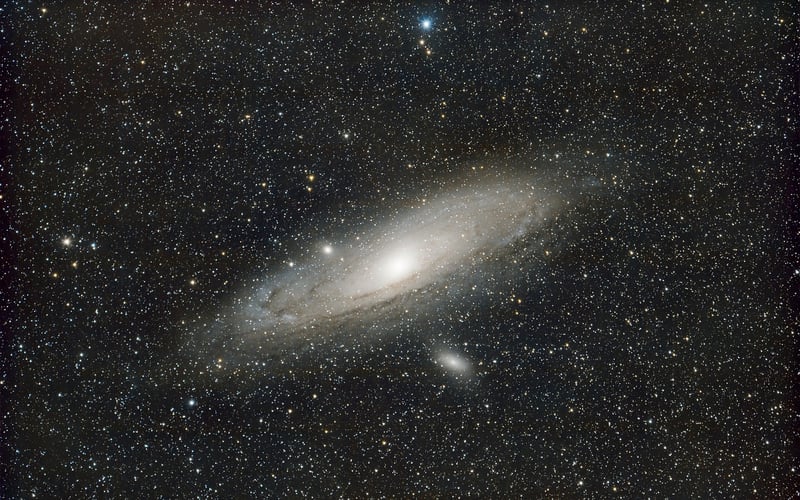Galactic Collisions
Unravel Celestial Mysteries: Galactic Collisions
Delve into the captivating world of galactic collisions where celestial bodies collide, merge, and create breathtaking cosmic phenomena.
What are Galactic Collisions?
Galactic collisions occur when two or more galaxies interact due to gravitational forces. These interactions can result in the merging of galaxies, creating new, larger galaxies with unique shapes and structures.
Types of Galactic Collisions
There are various types of galactic collisions, including:
- Major Collisions: Involving significant interactions between galaxies.
- Minor Collisions: Involving smaller interactions that can still have observable effects.
- Head-On Collisions: Where galaxies collide directly with one another.
- Side Swipes: Where galaxies interact at an angle.
Impact of Galactic Collisions
Galactic collisions have profound effects on the galaxies involved. They can trigger the formation of new stars, distort the shapes of galaxies, and even lead to the ejection of stars into intergalactic space.
Observing Galactic Collisions
Scientists use powerful telescopes, such as the Hubble Space Telescope, to observe and study galactic collisions. These observations provide valuable insights into the evolution of galaxies and the universe.
Exploring the Beauty of Galactic Collisions
Witness the stunning visual spectacle of galactic collisions through mesmerizing images captured by astronomers and space telescopes.

Immerse yourself in the cosmic dance of galaxies as they collide, merge, and transform, revealing the awe-inspiring beauty of the universe.
Unravel the mysteries of galactic collisions and embark on a journey through the vast expanse of space where celestial wonders await.
